A Complete Analysis of “Gesichter Pl.06” by Max Beckmann
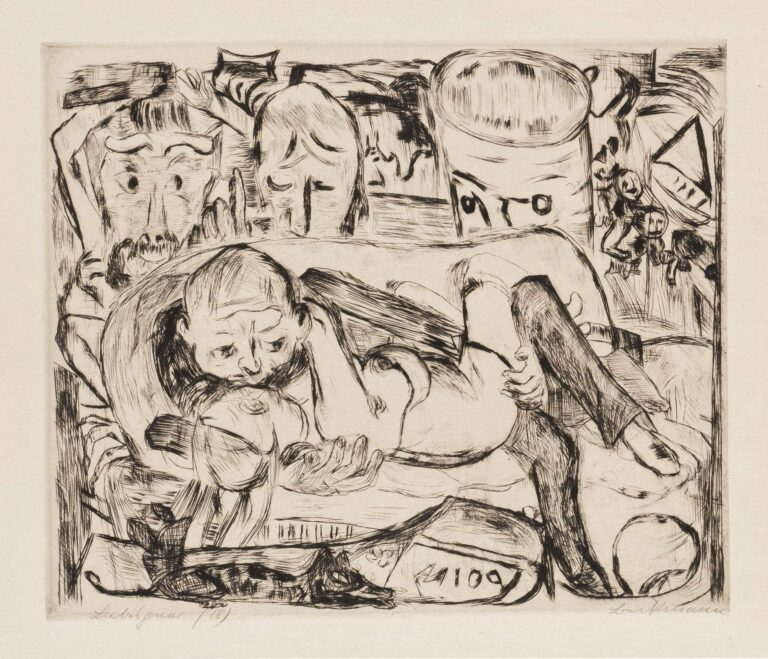
Delve into Max Beckmann’s Gesichter Pl.06 (1914–1918): an intimate, haunting etching of distorted faces and wartime trauma revealed through masterful lines.

Delve into Max Beckmann’s Gesichter Pl.06 (1914–1918): an intimate, haunting etching of distorted faces and wartime trauma revealed through masterful lines.
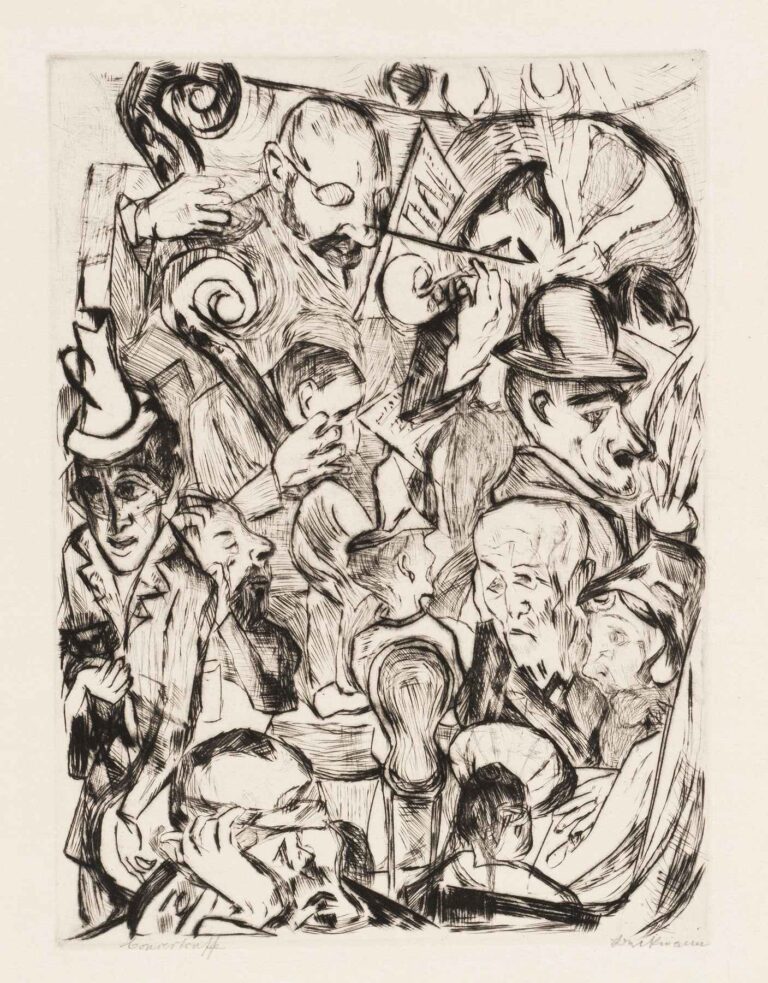
Dive deep into Max Beckmann’s World War I etching Gesichter Pl. 13, where clustered faces, gesturing hands, and oversized musical scrolls converge in a dynamic Expressionist tableau of exile, solidarity, and creative resilience.

Dive into Max Beckmann’s 1943 etching Gesichter Pl. 12, where intertwined faces and reaching hands emerge from a tempest of expressive line work, exploring exile, solidarity, and human resilience.
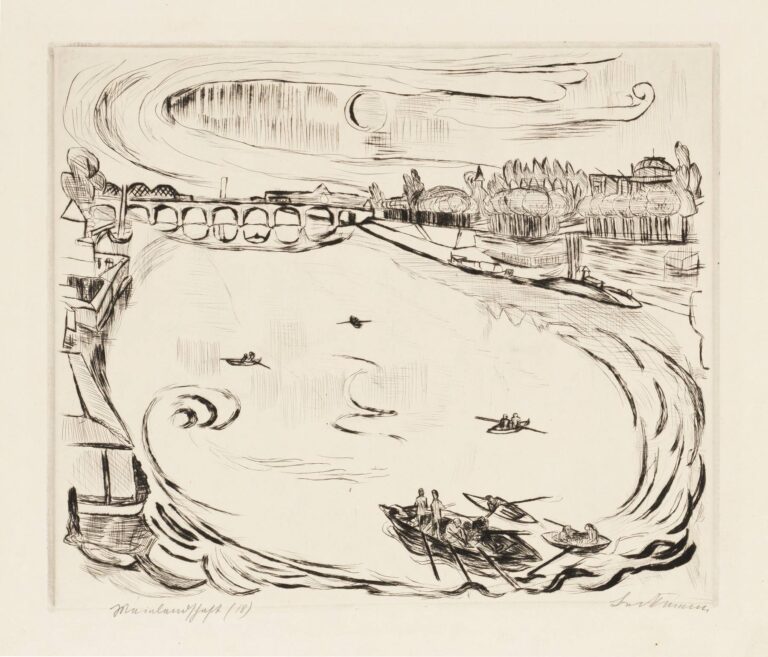
Discover Max Beckmann’s 1943 etching Gesichter Pl. 10, where swirling water, arched bridge, and scattered rowboats become a charged allegory of exile, solidarity, and inner turbulence.
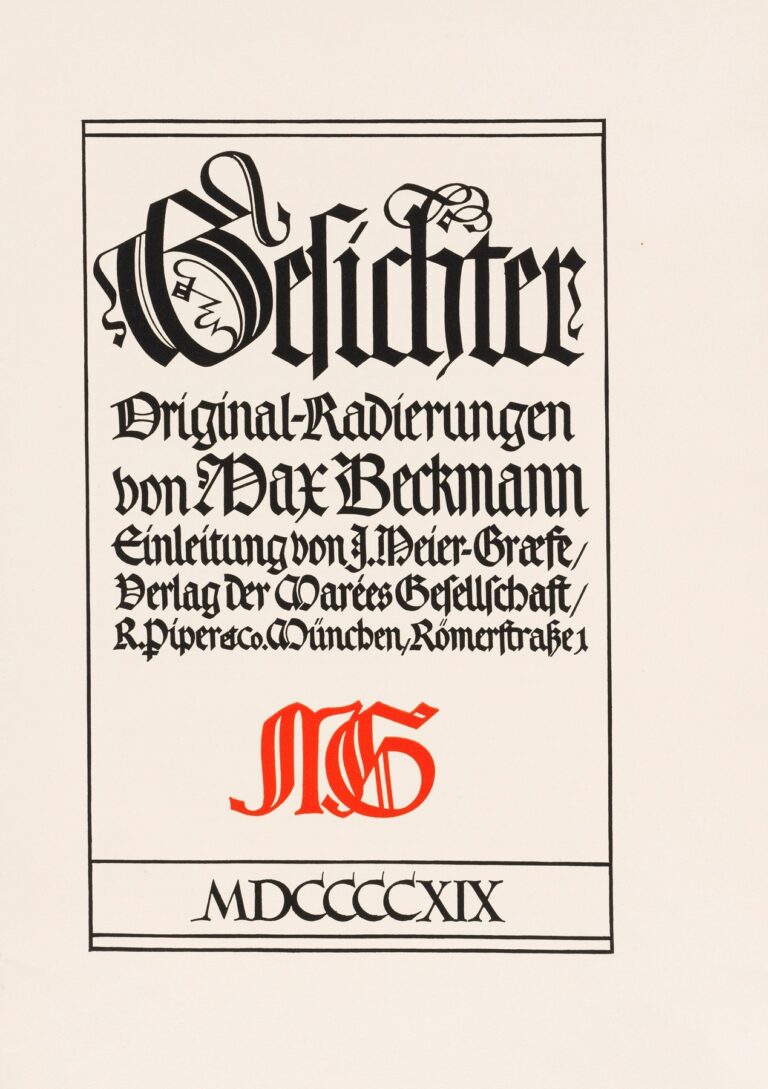
Explore Max Beckmann’s 1943 etching Gesichter Pl. 11, where bold blackletter typography, a vivid red monogram, and precise etching merge to announce the Gesichter series with striking modernist flair.
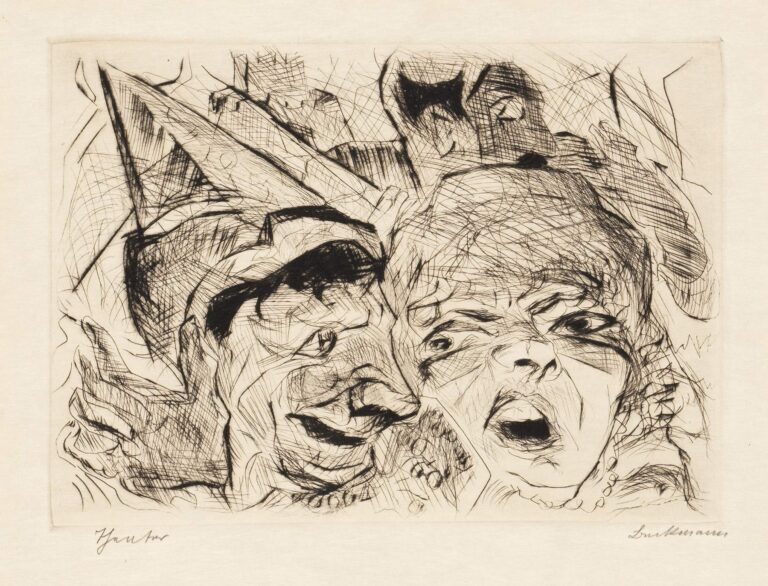
Explore Max Beckmann’s 1943 etching Gesichter Pl. 14, where two electric faces—one grinning, one screaming—confront the extremes of human emotion through masterful line, contrast, and symbolic intensity.
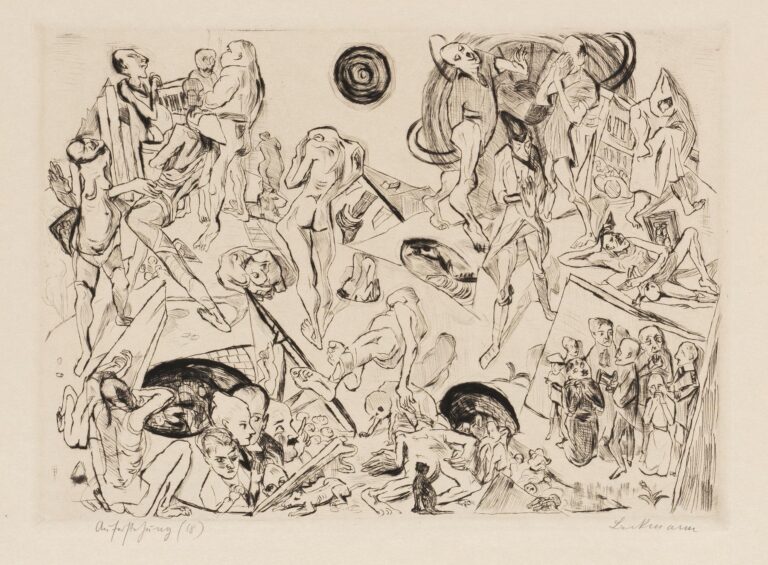
Discover Max Beckmann’s 1943 etching Gesichter Pl. 15, a panoramic tapestry of fragmented figures, swirling symbols, and shattered perspectives that probes exile, resilience, and collective trauma.

Delve into Max Beckmann’s 1943 etching Gesichter Pl. 16, where a Christlike figure and four companions merge in a powerful scene of rescue, compassion, and wartime solidarity, rendered with masterful line and symbolic resonance.
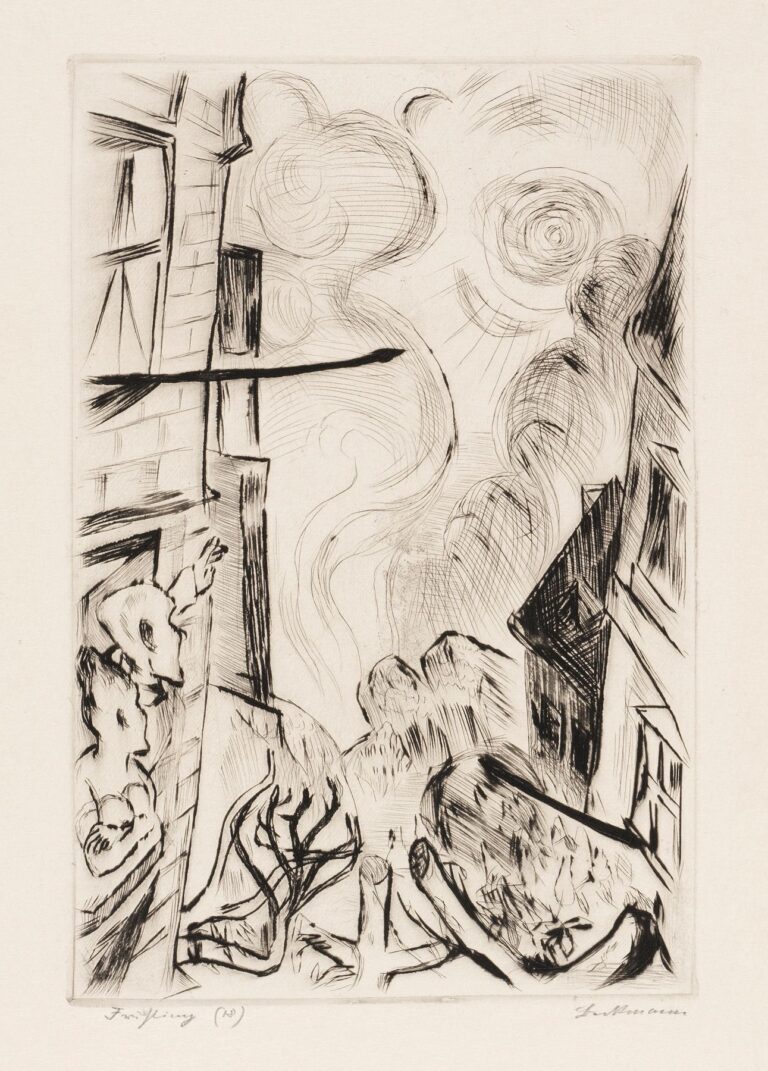
Discover Max Beckmann’s 1943 etching Gesichter Pl. 17, where bold line, fractured perspective, and symbolic motifs converge in a poignant vision of exile, anxiety, and human resilience.
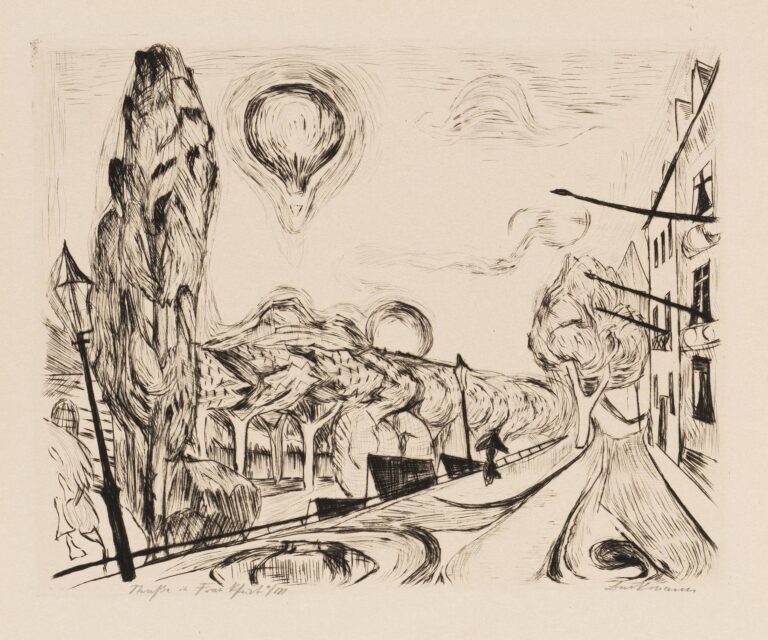
Delve into Max Beckmann’s 1943 etching Gesichter Pl. 18, where fractured architecture, towering forms, and symbolic orbs unite in a haunting allegory of exile, identity, and resilience.
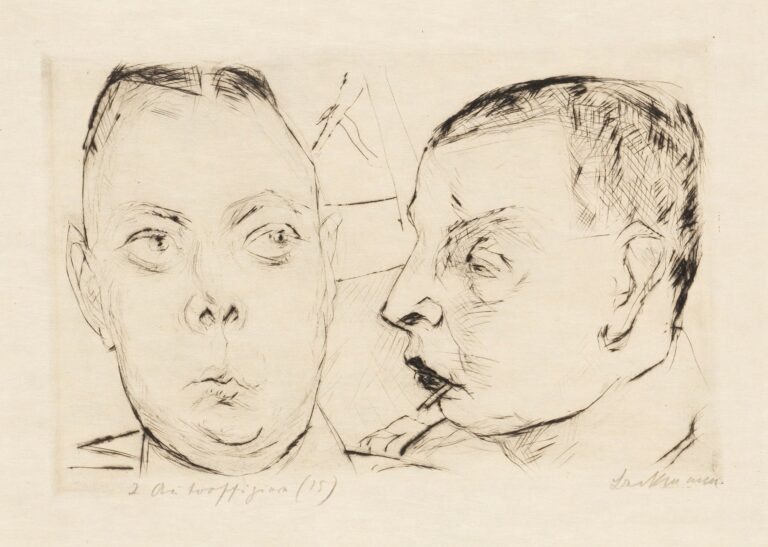
Explore Max Beckmann’s 1943 etching Gesichter Pl. 19, where bold line, deep chiaroscuro, and dual portraiture reveal the psychological depths of exile and identity.
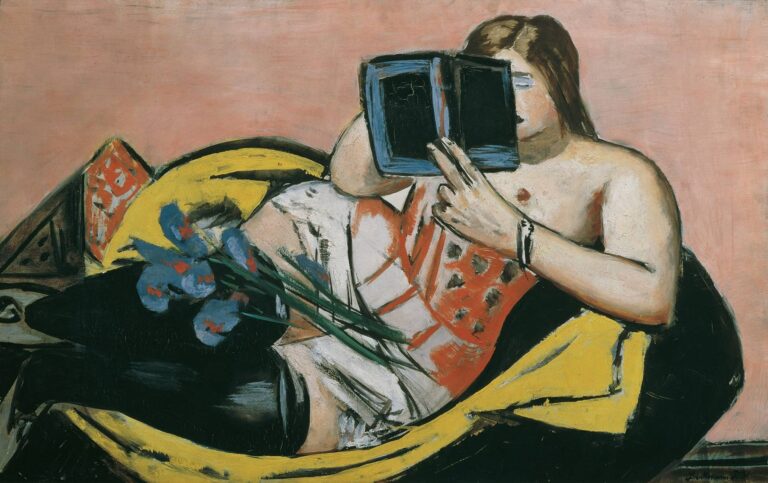
Max Beckmann’s “Reclining Woman with Book and Irises” (1927) is a modernist painting that reimagines the nude as a symbol of introspection and psychological depth. This in-depth analysis explores its symbolism, composition, color use, and Beckmann’s unique expressionist style, offering a complete interpretation of this significant work.